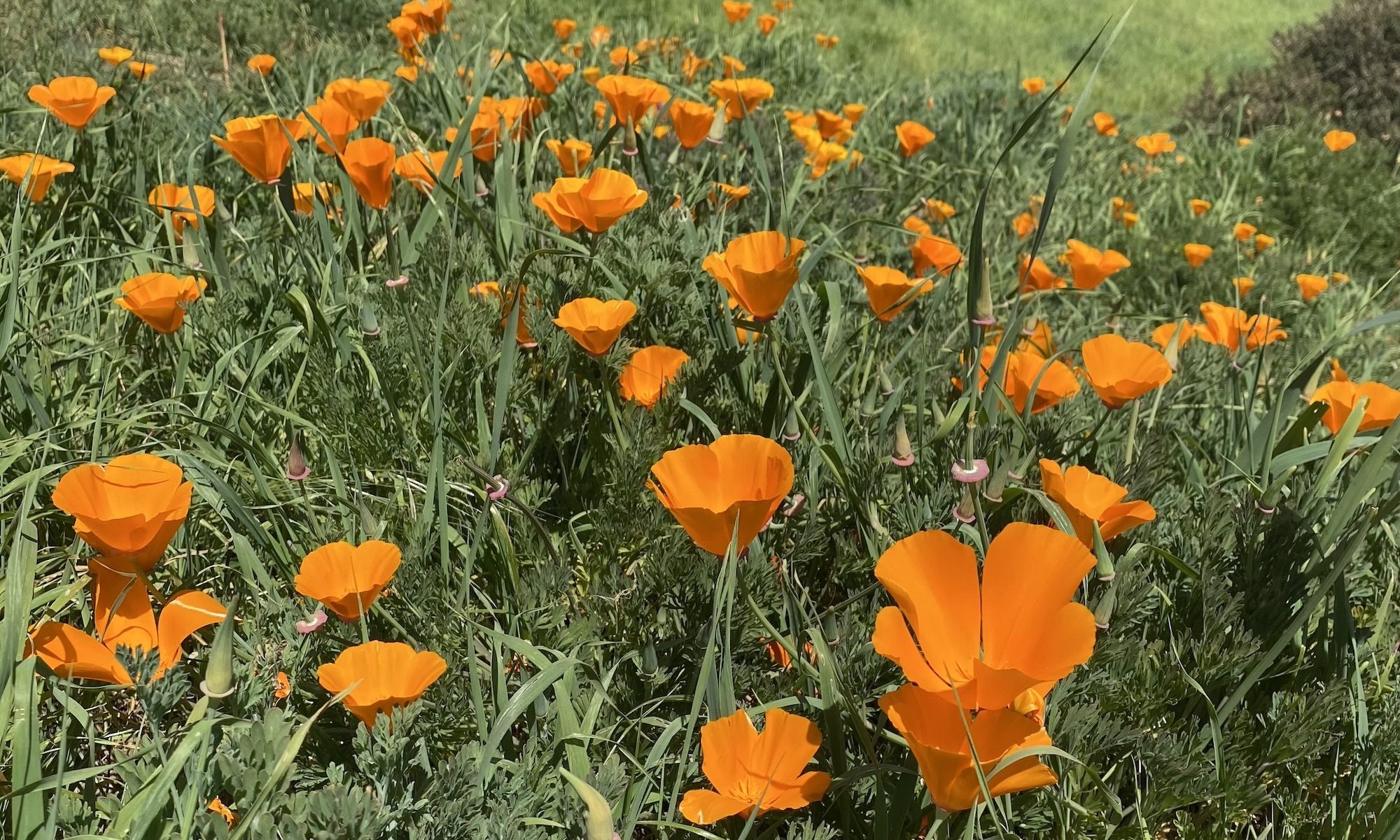This post was contributed by guest blogger Jennifer Tsang, the science communications and marketing coordinator at Addgene and a freelance science writer.
A tree has a lot more going on than what meets the eye. As its leaves grow and fall, its metabolism changes, and the tree undergoes an internal overhaul. Somehow trees know exactly when these things need to happen and, each year, they happen at approximately the same time. This is a marvel of synchronization – both at the level of the trees themselves and across an individual tree’s cells. How do trees achieve this synchronization? And what are trees doing in the “in between” times of summer and winter, times when it’s hard to see much surface-level change?
Answering these questions may help us understand how trees and other plants will react to the seasons in a changing climate. Maybe we’ll even be able to work with our arboreal partners to adapt to a warming world.
Spring forward
Let’s begin with spring, the season when it seems that all life wakes up and makes an appearance: birds, flowers, even humans. For trees, spring is the time to start sprouting leaves. But how do trees know when to unfurl their foliage? For many trees, this decision depends on both day length and temperature. Trees can “see” day length using photoreceptors, sensors in their buds and on their trunks. Daylight of a certain duration signals the trees to begin budding.
Once leaves have sprouted, trees are prepared to soak up the summer sun. Leaves are chock full of chlorophyll, a green pigment that, along with sunlight, helps trees produce the sugars they need to grow. Trees spend spring and parts of summer using their leaves to generate sugars. These sugars are stored and used for energy. Before trees hunker down for winter, they also produce buds in preparation for the next year. They do so even before their current leaves fall.
Summer slowdown
As the end of summer approaches, some trees such as wild cherries slow down photosynthesis even though the sunny days continue Remember, trees produce sugars through photosynthesis. They need room to store all that sugar but have limited storage space. Thus, they slow down photosynthesis as storage space fills up. Larger trees, however, have more room for storage and will carry out photosynthesis right up to the first frost. Even in the summer, the trees know: Winter is coming.
Fall for falling leaves
Autumn’s signature explosion of color is a result of winter preparation and resource conservation. During this time, trees break down chlorophyll and store its components until spring when they can send them back out to new leaves. Without the green pigments of chlorophyll that dominate leaves in summertime, the reds, oranges, and yellows start to come out. These colors come from other pigments such as carotenes and xanthophylls. (Fun fact: carotenes and xanthophylls make carrots orange).

Just as leaf growth depends on temperature and day length, trees look to these signals to decide when to shed their leaves. Contrary to what we may think, dropping leaves is actually an active process: trees grow layers of cells that sever leaves from their branches. Thus, the leaves fall with even a light breeze.
Winter hibernation
Trees shutdown many of their biological processes during winter. As part of the shutdown, trees dehydrate themselves. Freezing water expands and if a tree is too wet in the winter, it can burst. As such, some trees even begin cutting back water intake as early as July. Cells that make up leaves also hold water, so they would rupture in the winters if they didn’t fall off. Such ruptured leaves would be useless for photosynthesis.
There’s actually another important reason why leaves fall: snow is heavy. If it accumulates on leaves, it could cause trees to bend over and break. Without leaves, trees are also less susceptible to high winds during storms.
Mixed signals: changing climate against steady daylight patterns
We’ve seen that day length and temperature are important cues throughout the year so how do rising temperatures affect the yearly cycles of trees? While temperature is affected by climate change, day length is not. Importantly, not all trees depend on day length and temperature in the same way. Some trees rely on temperature more than day length to tell time. Warming temperatures can change the length of the growing season and either delay or accelerate growth cessation in the fall.
Changes in temperature can also mean trees begin budding leaves at the wrong times. They might waste energy growing new leaves before it’s consistently warm and sunny enough for them to photosynthesize effectively. The end result: a mixed bag. Some trees might thrive in warmer temperatures while others will be woefully unprepared.
Thus the changing climate will likely shift the distribution and diversity of tree species in nature. It’s unclear what the ultimate effects of these changes will be, but other species are sure to notice the changes in the trees. After all, we depend on trees for food, building supplies, medicines, and much more. Let hope we can find new ways to protect our arboreal friends and their beautifully complex lives!
 Jennifer Tsang is the science communications and marketing coordinator at Addgene and a freelance science writer. She has completed a Ph.D. in microbiology studying bacterial motility and studied antimicrobial resistance as a postdoctoral fellow. She writes for her own microbiology blog called The Microbial Menagerie. You can follow her on Twitter (@jw_tsang).
Jennifer Tsang is the science communications and marketing coordinator at Addgene and a freelance science writer. She has completed a Ph.D. in microbiology studying bacterial motility and studied antimicrobial resistance as a postdoctoral fellow. She writes for her own microbiology blog called The Microbial Menagerie. You can follow her on Twitter (@jw_tsang).




